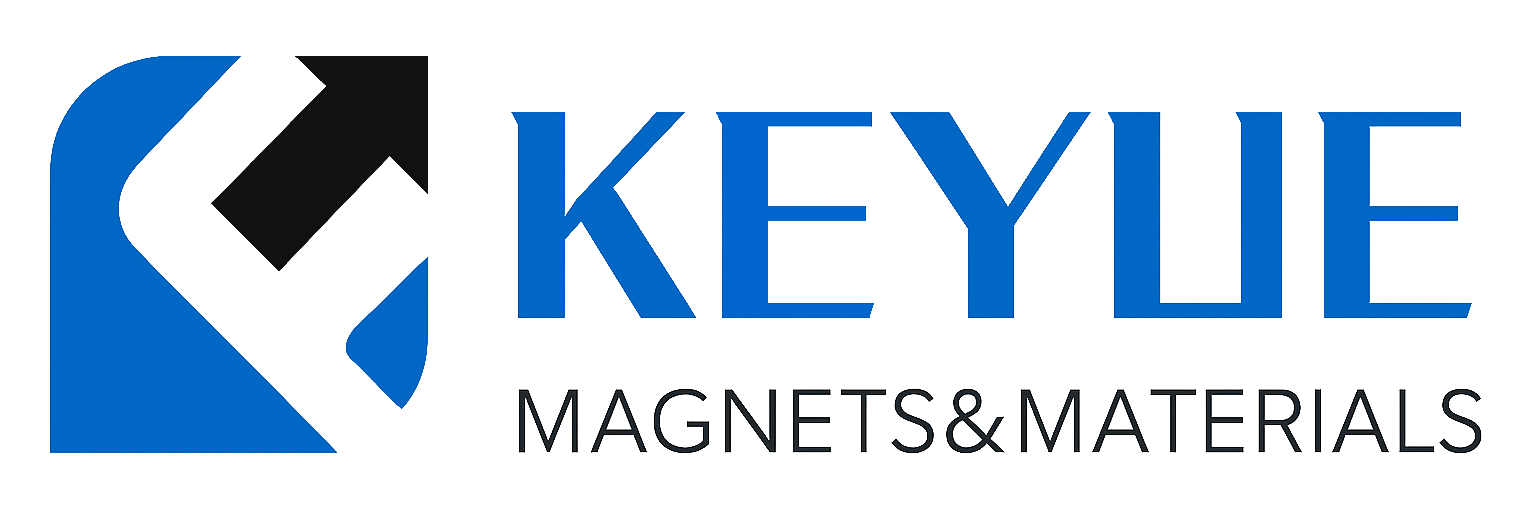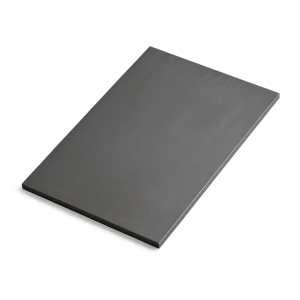描述
镍板(Nickel Plate, Ni Plate)
产品简介
镍板(Ni Plate)是一种由高纯镍(Purity ≥ 99.9%)制成的金属板材,具有优异的耐腐蚀性、抗氧化性及机械强度。
它在真空系统、电镀、化工设备、电极、能源及高温结构件中发挥着重要作用。镍板以其出色的延展性和可焊接性,被广泛应用于科研实验、冶金工业和电子领域。
产品详情
苏州科跃材料科技有限公司生产的高纯镍板采用真空熔炼—热轧—退火—精抛光工艺制备,表面光滑致密,晶粒细腻均匀。
产品符合 ASTM B162 / GB/T 2054 / ISO 9001 标准,可提供 Ni200、Ni201、Ni270 等不同型号。
典型规格:
-
纯度等级:99.9%、99.95%、99.99%
-
厚度范围:0.3 – 20 mm
-
尺寸范围:≤ 600 × 600 mm
-
制造工艺:真空熔炼 + 热轧 + 真空退火 + 抛光
-
表面状态:银灰色 / 抛光光亮 / 无氧化层
性能特点
-
优异的耐腐蚀性:对碱、盐类及中性溶液有极高抗性。
-
良好的机械性能:高延展性、良好焊接与加工性能。
-
高温稳定性:在1000°C以下仍保持结构稳定。
-
强抗氧化性:适合在真空或惰性气氛中长期使用。
-
磁性可控:在不同热处理条件下具有可调磁性。
应用领域
-
真空系统与高温部件:用于真空密封、法兰及结构件。
-
化工设备:耐强碱、酸雾环境的反应釜与换热器。
-
电极与电解行业:氢氧化物电解极及电化学应用。
-
能源与冶金:燃料电池、镍氢电池阳极、合金母材。
-
电子与真空镀膜:镀膜源材料与连接端子。
技术参数
| 参数 | 典型值 / 范围 | 说明 |
|---|---|---|
| 纯度 | 99.9–99.99% | 高纯镍材料 |
| 密度 | 8.90 g/cm³ | 致密结构 |
| 熔点 | 1455 °C | 高温稳定性强 |
| 电导率 | 14.3 × 10⁶ S/m | 良好导电性能 |
| 热导率 | 91 W/m·K | 稳定导热性 |
| 抗拉强度 | 350–550 MPa | 高强韧度 |
| 延伸率 | 35–45% | 优秀可加工性 |
| 硬度 | HV 110–160 | 可定制退火状态 |
| 磁性 | 弱磁性 | 受退火状态影响 |
常见问题(FAQ)
| 问题 | 答案 |
|---|---|
| 镍板是否易氧化? | 纯镍表面会形成稳定氧化膜,具高抗腐蚀性。 |
| 是否具磁性? | 退火态为弱磁性,冷加工后磁性增强。 |
| 是否适合真空使用? | 是的,常用于真空部件与镀膜系统。 |
| 是否可焊接? | 可使用TIG、MIG或点焊工艺。 |
| 是否可用于电极? | 适合作为碱性电解槽阳极。 |
| 是否附检测报告? | 附化学成分、纯度与物理性能检测文件。 |
| 是否符合环保标准? | 符合RoHS与REACH要求。 |
| 是否可定制尺寸? | 支持定制厚度与切割规格。 |
| 是否提供Ni201低碳型号? | 可提供低碳高纯Ni201型号。 |
包装与交付
所有镍板均经过纯度检测与真空退火处理,采用真空密封、防潮、防震包装。
出口运输时外层加固木箱,并附 COC、检测报告、RoHS/REACH 文件。

.png)

-300x300.png)
-300x300.png)
评价
目前还没有评价